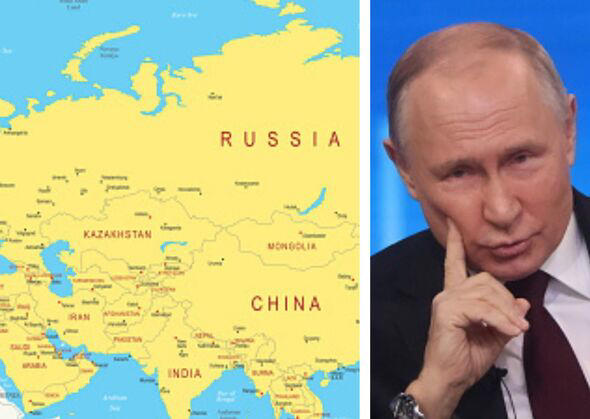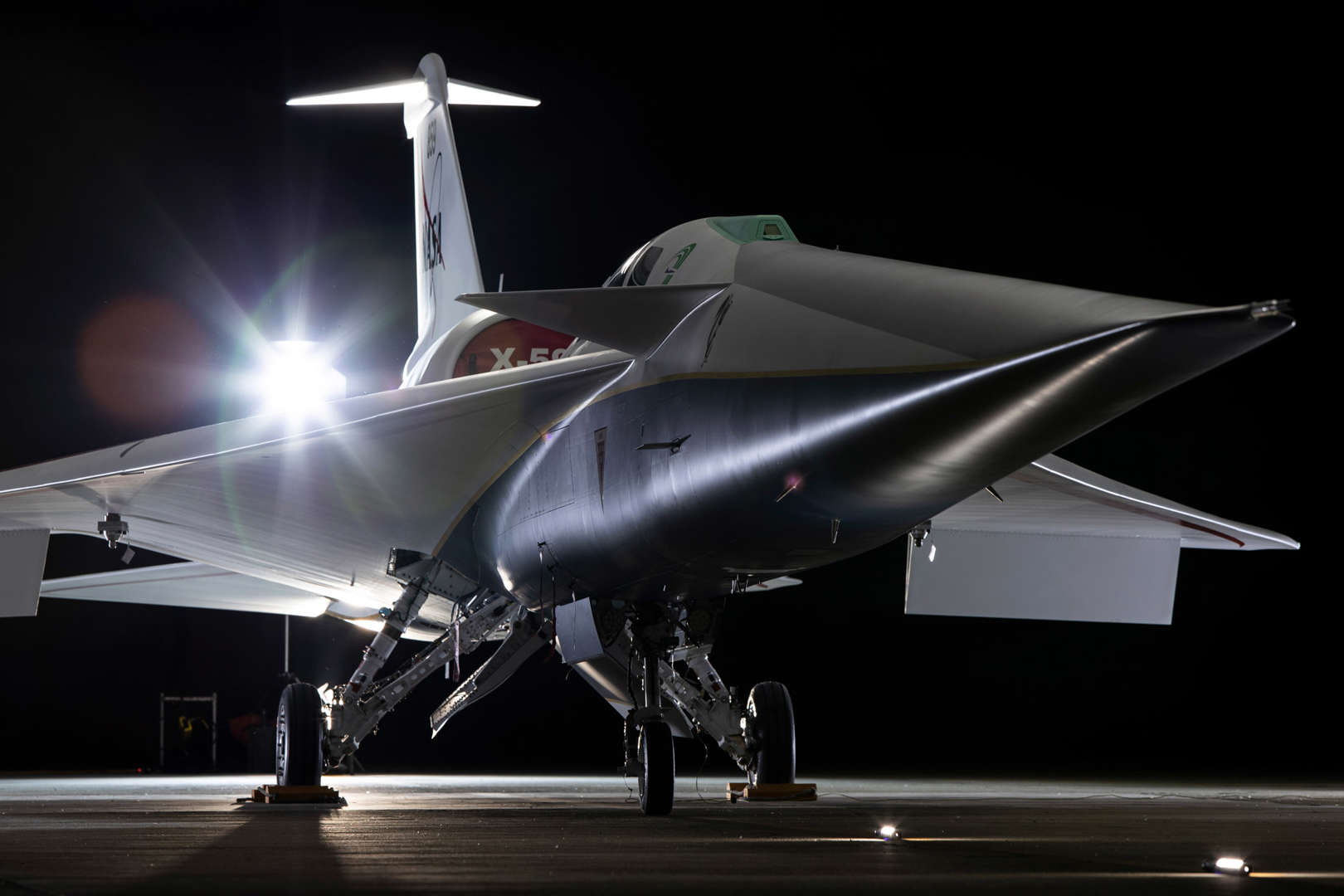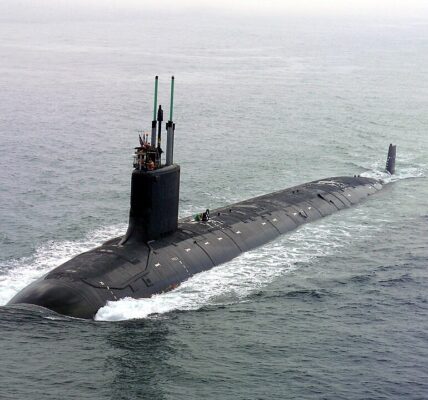Russian Military Crisis 2024: Russia’s Struggle with Aging Military Hardware
Russian Military Crisis 2024: As Russia’s war in Ukraine enters its 30th month, the country faces a severe military crisis. With a reliance on outdated Soviet-era equipment and a lack of skilled successors, Russia’s defense sector is in trouble. Explore the impact of this crisis on Russia’s military capabilities and future.

© Getty
Russian Military Crisis 2024: A Deepening Crisis
As the conflict in Ukraine stretches into its 30th month, the Russian Military Crisis 2024 is becoming increasingly apparent. Russia’s defense sector is facing a significant challenge due to a shortage of modern armament and a lack of skilled designers to replace the aging Soviet-era equipment.
The Collapse of Soviet-Era Expertise
The backbone of Russia’s military technology has long depended on Soviet-era designs, including key systems like the Su-34 fighter jet, MiG-29 aircraft, IL-76 transport plane, Iskander missiles, Kalibr systems, and BMP combat vehicles. However, many of the engineers who designed these systems, such as Mikhail Simonov, Sergey Nepobedimiy, Ivan Mikoyan, Genrikh Novozhilov, Rollan Martirosov, Pavel Kamnev, and Aleksandr Blagonravov, have passed away over the past decade. Their deaths have created a void that the current generation of designers struggles to fill.
Experts Sound the Alarm
A report by the Pulaski Foundation highlights the severity of the situation with a stark warning: “We are dying. Soon there will be no one left to replace us.” This statement underscores the urgent crisis within the Russian military. The new generation of designers lacks the same expertise and experience, which impacts the quality and reliability of Russia’s military equipment.
Challenges of Outdated Technology
The Russian Military Crisis 2024 is also marked by a heavy reliance on outdated technology. Many of Russia’s current armament programs are based on designs from the 1980s. This dependence on old technology means that many of Russia’s military systems are becoming obsolete. While some sectors, like strategic air forces and hypersonic weapons, are still advancing, these areas are exceptions rather than the norm.
Efforts to Address the Crisis
In response to the crisis, the Kremlin has introduced large-scale educational programs aimed at training new engineering personnel. This includes the establishment of 30 new universities focused on engineering. Despite these efforts, the situation is made worse by the ongoing war and Western sanctions, which have caused a significant brain drain. Since 2022, around 700,000 people, including many skilled specialists, have left Russia. This exodus further strains the country’s ability to maintain and innovate its military technology.
The Impact on Russian Defense Capabilities
The loss of experienced Soviet-era engineers is having a noticeable effect on the quality of new Russian arms projects. Many post-Soviet developments have been criticized for being crude and unreliable compared to their predecessors. For example, the T-14 Armata tank, a key project in Russia’s defense sector, is essentially a modern take on a late Cold War design, rather than a leap forward in technology.
Comparison with Western Advancements
In contrast, Western nations, particularly the United States, are making significant strides in military technology. The U.S. has introduced advanced armament types such as the F-35 aircraft, B-21 bomber, V-280 helicopter, M10 Booker tank, and M30 infantry fighting vehicle. These innovations highlight a forward-thinking approach that contrasts sharply with Russia’s repetitive upgrades of outdated equipment.
Conclusion: The Road Ahead
The Russian Military Crisis 2024 reflects a broader issue of technological stagnation and a shortage of skilled successors. As the war in Ukraine continues and the gap in armament innovation widens, Russia faces a critical challenge in maintaining its military strength. The significant brain drain and the loss of experienced engineers only exacerbate this crisis, making it clear that Russia needs effective solutions to revitalize its military capabilities.
The ongoing struggle to replace outdated Soviet-era equipment and the difficulties in developing new technologies highlight the urgent need for change. As Russia continues to grapple with these issues, the future of its military capabilities remains uncertain.
ALSO READ:
Middle East Conflict Escalation: 5 Deadly Consequences Unveiled



